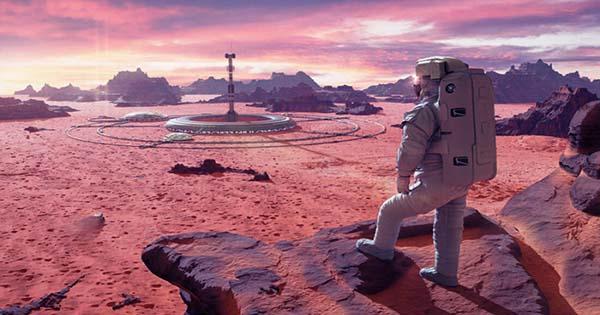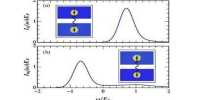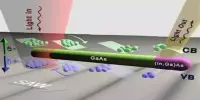Researchers have analyzed data collected over the past few years by the European Space Agency and their Russian counterpart Roscosmos joint mission ExoMars Orbiter. Observations suggest the possible presence of more reservoirs than expected on Mars, as well as the first observations of hydrogen chloride in the red planet’s atmosphere.
Both studies published in Science Progress. Oleg Korablev and colleagues reported observations of hydrogen chloride in the temporary HCL in the Martian atmosphere. This halogen gas identified in observations collected in April 2019, during the late summer of the Southern Hemisphere. That particular season is notorious for the presence of impressive dust storms, some of which could turn worldwide. He is one of those who hit a chance in 2018.
Observations of hydrogen chloride collected during a particularly severe storm. For this reason, the team theorizes that dust storms can play an important role in the presence of halogen gases in the atmosphere. One possible process shows the water emitted by melting ice by interacting with sodium chloride (table salt) raised by air from dust. Hydrogen chloride can form when two molecules interact with each other. It may stay in the atmosphere for a while or fall to the ground covered in dust. More dust storms can kick it up again.
Another possible alternative is hydrogen chloride, which comes from magnetic activity. The highest volcanoes in the solar system are on Mars, but as far as we know, they are extinct. Thus, magma activity is not impossible, but more evidence should gather before considering it as an effective measure. “Our sensing instruments are incredibly rewarding for discovering a gas that has never been seen before in the Martian atmosphere,” said Korablev, chief investigator of the Atmospheric Chemistry Suite instrument. “Our analysis has linked the production and reduction of hydrogen chloride gas to Mars.”
In the second study, a measurement called atmospheric water and isotope ratio made. Chemical elements come in different isotopes – they all have the same chemical properties but the nucleus has a different number of neutrons, which changes their physical properties somewhat. Hydrogen contains a heavy isotope called deuterium. If you hear the term heavy water, related to nuclear power plants, it means a water molecule with deuterium atoms instead of the regular old hydrogen.
The ratio between deuterium and hydrogen in water is a very useful tool. It used on Earth to establish that most of our Earth’s water did not come from comets. This method also employed by ExoMars to understand the water cycle of Mars. “The hydrogen ratio, D / H, deuterium is our chronometer – a powerful metric that tells us about the water history of our planet Mars and how it evolved over time as a result of water erosion. We can better understand and test this chronometer and test for reservoirs, “explained Geronimo Villanueva of NASA’s Goddard Space Flight Center and lead author of the new paper.
The data collected between April 2018 and April 2019 and we tracked significant events such as the storms mentioned above, but melted the South Pole ice cap during the summer. The team noticed a significant change in the isotope ratio. Most of this is probably due to the behavior of heavy water vapor, but the team does not rule out the possibility of multiple reservoirs with specific isotope ratios Mars.













